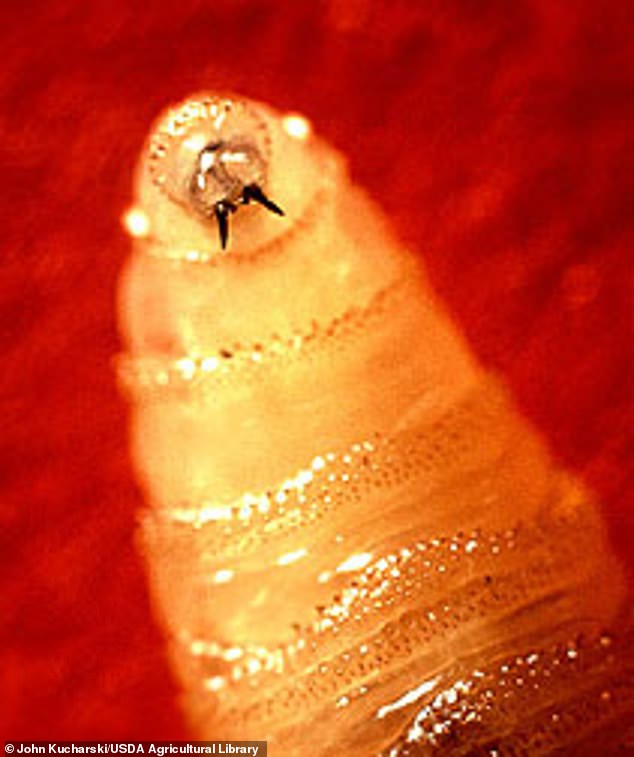
Flesh-Eating Insect Invasion Along US-Mexico Migration Routes Sparks Crisis Alert
Invasive Flesh-Eating Flies Threaten U.S., Following Migrant Routes
An invasive species of flesh-eating flies, the New World Screwworm (NWS), is advancing toward the U.S. border via routes historically used by migrants. These parasites lay hundreds of larvae in open wounds of animals and humans, consuming tissues and causing severe infections, which can be fatal if untreated.
Current Spread and Risks
Cases in Mexico’s southern states—Chiapas, Oaxaca, and Veracruz—have raised alarms, as these regions are part of pathways linked to U.S.-bound migrant caravans. Researchers warn rising temperatures could allow NWS to infiltrate Gulf states like Texas, Florida, and Louisiana by 2055. Infestations threaten livestock, risking food shortages and spiking beef and dairy prices. Texas alone houses 14% of U.S. cattle, making outbreaks a dire economic concern.
(Image: Infected cattle in Mexico; Caption: NWS cases detected in Mexican states along migrant routes.)
Historical Context
The U.S. eradicated NWS in 1982 by sterilizing male flies with radiation, halting reproduction. However, the species resurged in South America and breached the Darién Gap—a jungle corridor traversed by 1.2 million migrants since 2021. Open wounds among travelers likely provided breeding grounds, enabling the parasite’s northward spread.
Human Infections and Containment Efforts
In 2024, Mexico reported two human cases: a 77-year-old woman and a 50-year-old man with larvae-infested wounds. While antibiotics saved both, the incidents underscored the urgency for containment. The U.S. suspended livestock imports from Mexico in May after NWS appeared 500 miles from the border.
(Image: Map of projected U.S. spread by 2055; Caption: Climate change may push NWS into five states by mid-century.)
Sterilization Strategy
A $21 million U.S.-Mexico partnership aims to revive a sterilization facility in Metapa, targeting 60–100 million male flies weekly. Radiation-treated males mate with females, producing sterile eggs. USDA Secretary Brooke Rollins emphasized safeguarding livestock and food security, but experts warn delays could be catastrophic.
Phillip Kaufman of Texas A&M stressed, “Producing enough sterile flies and releasing them strategically is critical. If NWS moves farther north, containment becomes harder.”
(Image: Sterilized fly production; Caption: Labs aim to curb NWS via radiation-based sterilization.)
Climate Change and Uncertainty
Warmer climates accelerate NWS reproduction, with females laying 300 eggs per wound. A 2019 study projects infestations in Texas, Florida, Louisiana, Arizona, and California by 2055. While U.S. cases haven’t emerged yet, the parasite’s ability to infest wildlife and pets complicates containment.
Officials race against time, balancing containment hopes with escalating risks to both ecosystems and economies.


